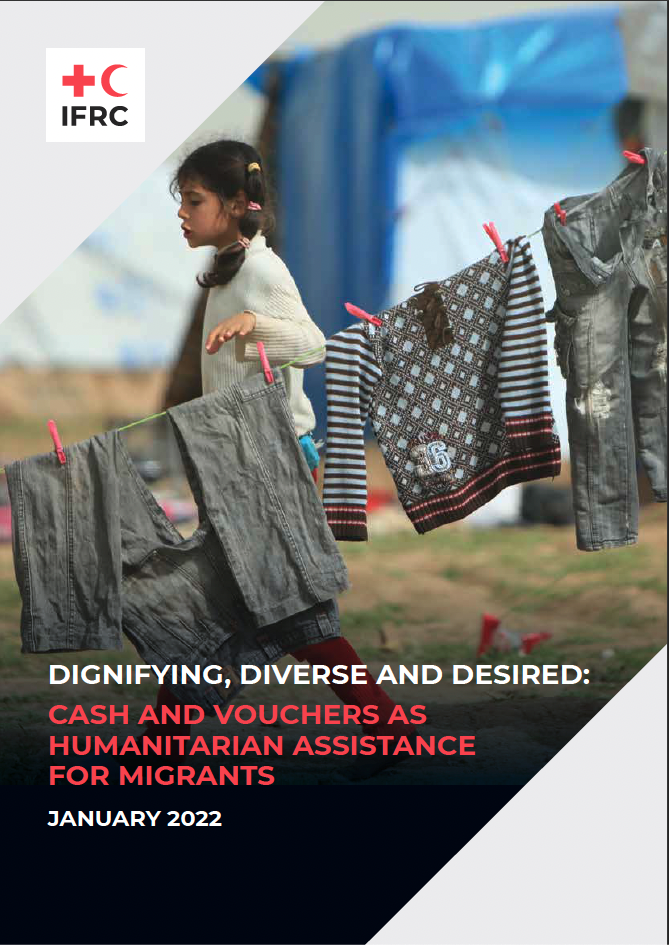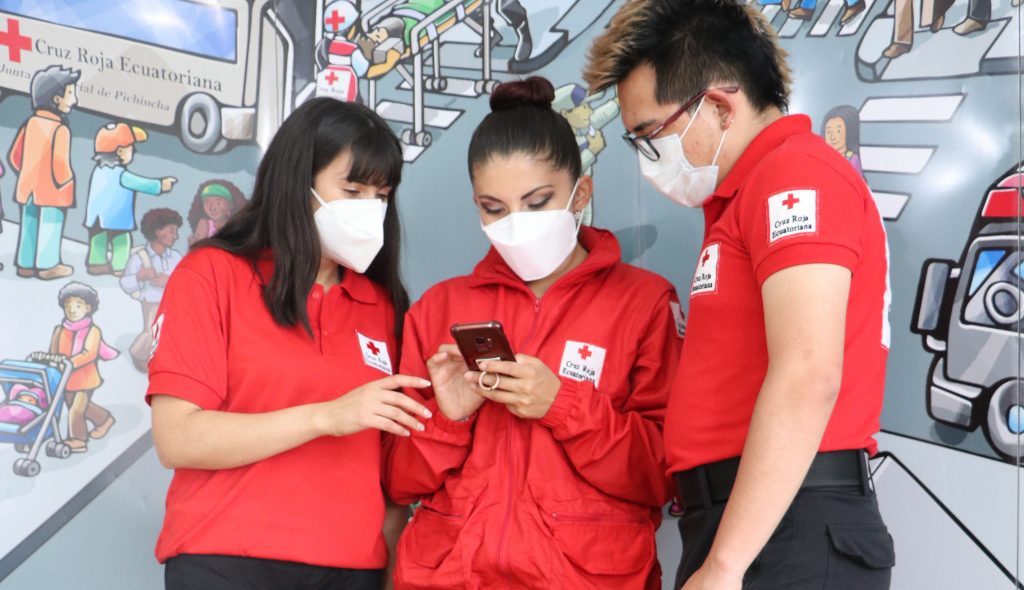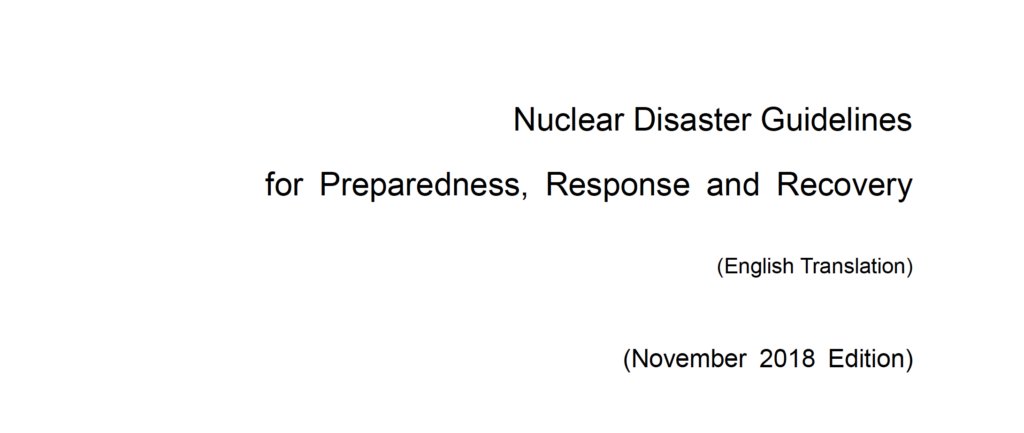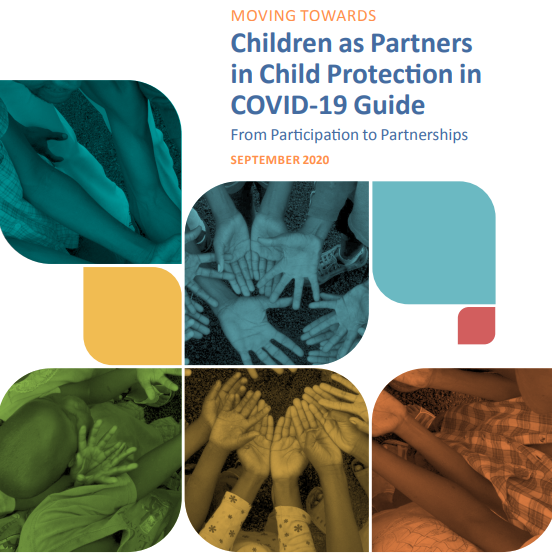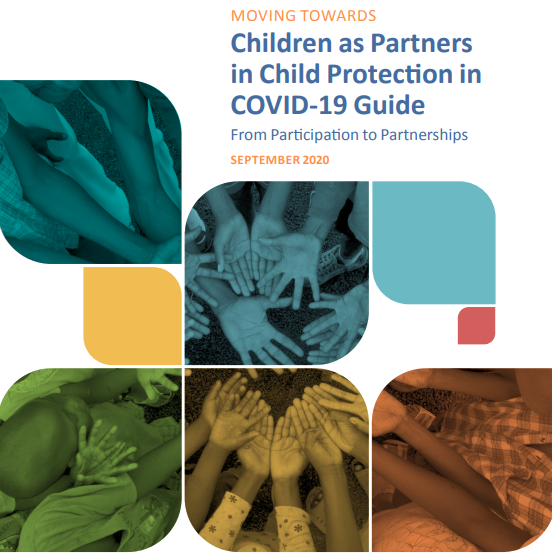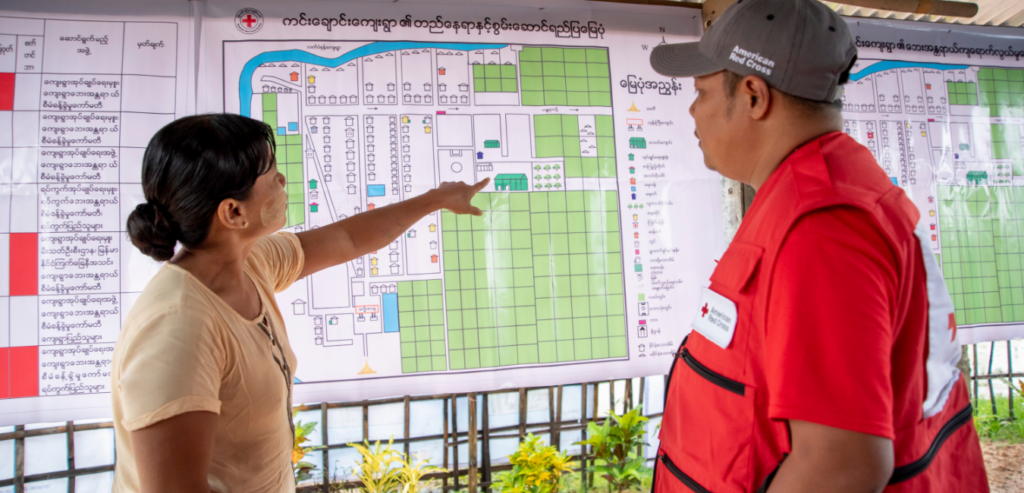How to foster resilience via social entrepreneurship
National Society Development, as an enabler of local action, purposefully contributes to helping the National Society achieve and maintain an accountable andsustainable organisation that delivers – through volunteers and staff – relevant local services to address needs, reduce vulnerabilities and build resilience in the community, in full respect of the Fundamental Principles. National Society […]
How to foster resilience via social entrepreneurship Read More »

